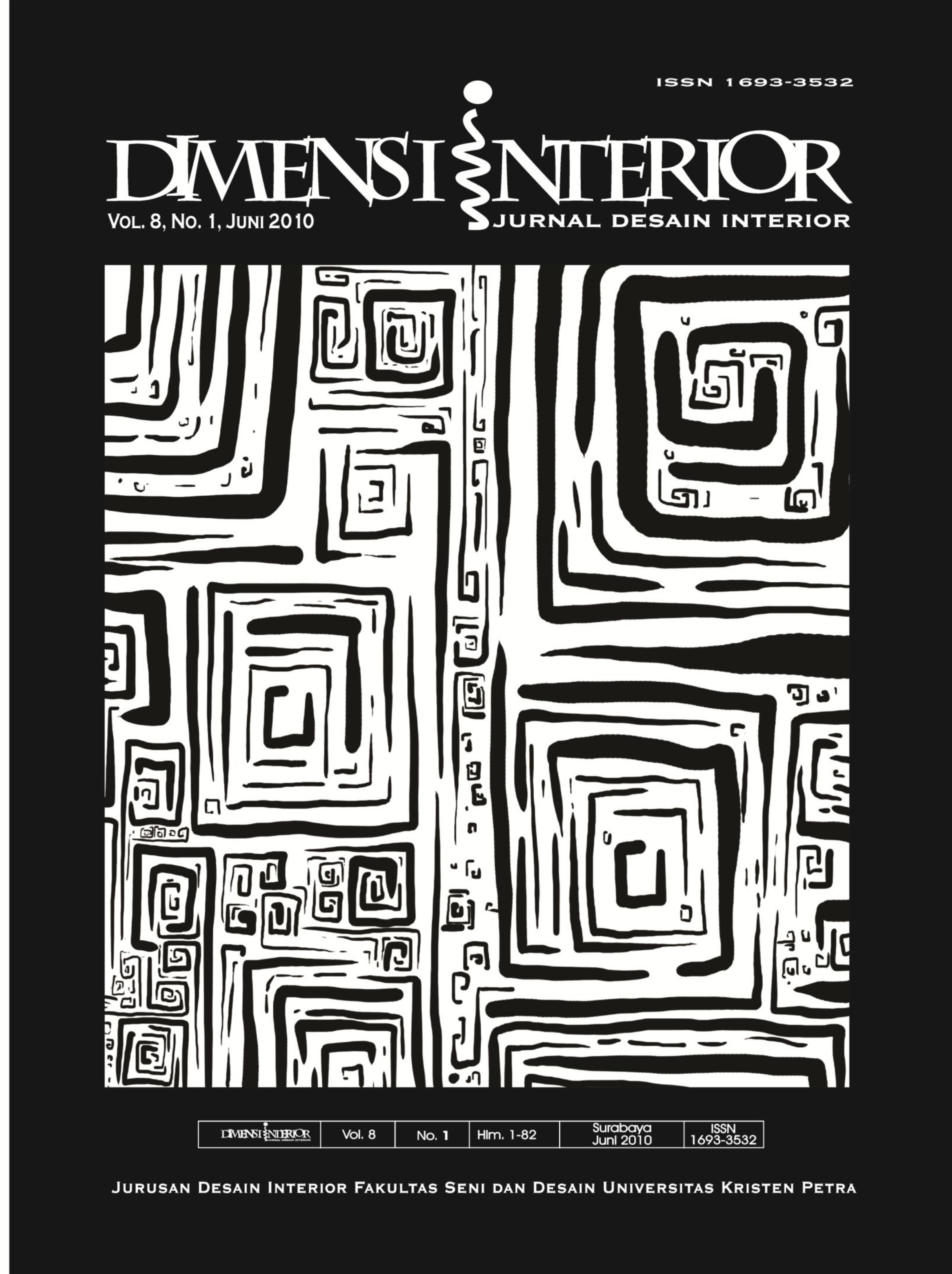TATA BANGUNAN RUMAH TINGGAL DAERAH PECINAN DI KOTA PROBOLINGGO JAWA TIMUR
DOI:
https://doi.org/10.9744/interior.8.1.1-14Keywords:
building pattern, Probolinggo, Chinese house, dutch colonial, interior designAbstract
Probolinggo was one of the important administrative trade cities in Java. Long before the Dutch reign, Chinese diasporas had settled along the Banger river in the east of the city bringing along with them their traditions and religion. As Probolinggo gained significance as a trading centre, most of the Chinese played important roles in the city’s trade as mediators between the Dutch and the local people. The interaction between the different races and cultures and their trading activites had fomed unique characterisitics in the homes of the Chinese. Using the qualitative method of research which is descriptive in character, this research aims to observe and describe the building pattern of Chinese homes during the Dutch colonial period in Probolinggo city as a result of trading activities and describe the influences of the different cultures in the these homes. Results revealed that trading activites and distance from the trading channel influenced the architectural form and room organization of the dwellings. The interior and decorative elements have undergone acculturation and development. Though the Colonial Dutch culture dominates other cultures in influencing the pattern of dwellings, the Chinese culture is still maintained as an identity.Downloads
Published
2011-12-19
Issue
Section
Articles



